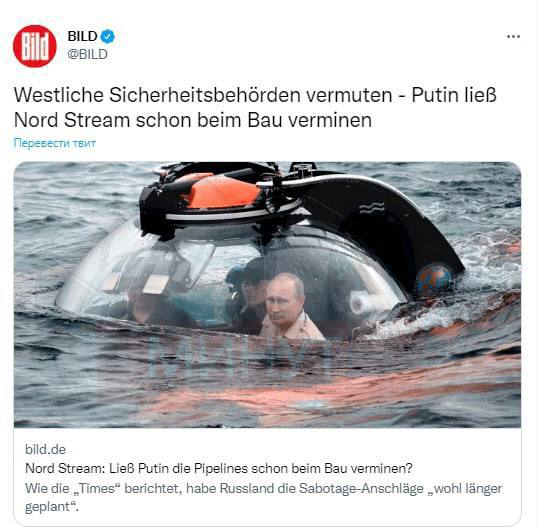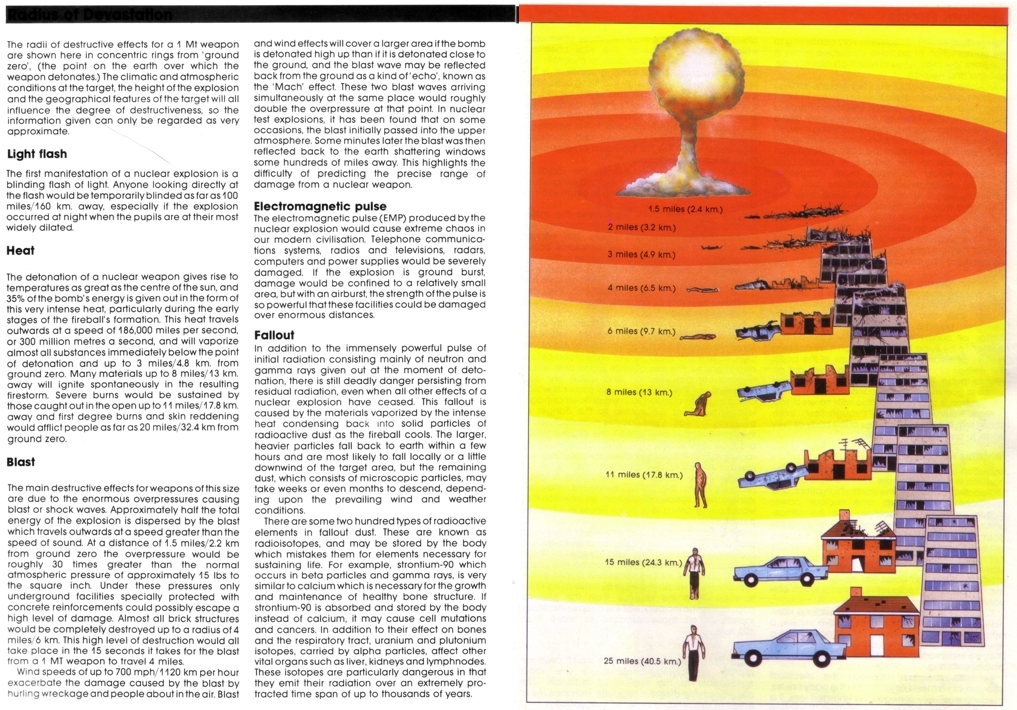Ispan wrote:here are some thoughts on tactics on the battle of Krasny Liman and what's likely to be happening there, it got a "peer review" from a reader who is an artillery officer, so what I wrote makes sense.
https://guerraenucrania.wordpress.com/2022/09/29/nota-sobre-la-artilleria-en-defensa-y-la-batalla-de-krasny-liman/
Note on artillery in defense and the battle of Krasny Liman
29 September, 2022 Zhukov
I wanted to answer a question from a reader a few days ago about how the Russian troops, so outnumbered, could resist on the Krasny Liman front, I started writing an answer but I have already forgotten what the question was, this exposition serves to explain a little how the current battle is going on, from the point of view of a civilian with some knowledge. I think fellow readers who are professional military people will more or less agree.
My "military experience" is limited, apart from the readings, to board wargames, which, far from being mere entertainment, are instructive. Wargames in their origin were an aid for the simulation of command exercises, which were later marketed as entertainment for civilians and history buffs, and closing the circle, wargames or commercial wargames have been adopted, at least by the American army, as an aid for teaching officers, because private initiative produces more realistic and detailed simulations than the corresponding military department can produce, except of course, the classic Kriegspiel, o on-plane exercise with teams of players and referee intervention.
Even the knowledge of tactics no matter how detailed it is can be obsolete because war changes and evolves, that bias of sticking to outdated doctrines is something very frequent among many commentators, especially retired military. The bulk of the military doctrine is still based on the experience of the Second World War and there were already parts that were becoming obsolete in the 80s at the end of the Cold War. But still there is a world of difference between having a slight idea, without being an active professional military, and having no idea, or worse having ideas distorted by video games and movies.
Returning to the topic at hand: Russian defensive tactics. It has been a little difficult for me to understand, because I do not have the experience of being on the ground, nor maps, nor time to examine each position in detail with Google maps, which also does not show the relief.
The Russian army simply avoids the mistake that was made in the First World War, of having troops on the ground to form a continuous line on the map without paying attention to the useless waste of lives that it meant by leaving the troops exposed to artillery fire. I recommend reading the chapter of "Tempests of Steel" dedicated to the Battle of the Somme, from which Jünger escaped certain death by a timely wound and being able to be evacuated to the rear before his unit was decimated like this, uselessly, just because someone in the General Staff wanted to have a line on the map. Something that on the other hand also happened on the other side, as in the memoirs of Henri Desagneaux "A French soldier's war diary 1914-1918"
In this war the territory is not occupied with men to maintain a fixed continuous line. To begin with, because there are not enough troops, and then, because it is not necessary. It is not even necessary that the defensive islets or hedgehogs are linked by fire, that is, their rifles and machine guns and other weapons can completely beat the gaps between positions. If the distance between positions is within the effective range of rifle fire, that means that any enemy who enters that space suffers the deadly "crossfire", which is so lethal because there is nowhere to take cover. If there are few troops, the interval between positions can be stretched, the fires are not crossed, but there is also no safe zone. To deviate to avoid the fire of one position is to enter the zone beaten by the weapons of another. The defensive line can even be stretched even further if there are not enough troops, making the corridors between beaten areas monitored from time to time by patrols to prevent enemy troops from sneaking through the unprotected gaps.
Given how long the front lines are and the shortage of troops, there is no alternative. But Russia makes a virtue of necessity. It does not defend itself with men posted in trenches and fire pits maintaining a continuous front. Not even with spaced machine gun nests. The Russian defense is maintained with cannons.
Yes, this is not a novelty. Already in the First World War, what gave strength to the defense was the possibility of asking the artillery for help so that its bombardment formed a wall of explosions in no man's land, catching the enemy infantry that came out of their trenches to assault, what is called "barrier fire". Undoubtedly, this is still being practiced, artillery and other weapons already have calculated or recorded the firing data to automatically and as soon as possible beat areas designated in advance by which the enemy is likely to attack, which are called "planned fires".
The fundamental difference with the experience of 1914-1918 and somewhat less with that of 1936-1939, is the communications between infantry and artillery. As the telephone wires were often cut by the bombardment, the infantry had to call for help by firing signal rockets or flares, like fireworks, in pre-established combinations of number and colors. In the Second World War, despite the primitive and temperamental nature of analog valve radios, real prodigies of concentration and simultaneous firing of several batteries were nevertheless achieved.
Now with digital radios and self-propelled artillery pieces capable of changing position and with a greater range, a few concentrated batteries not only have a greater radius of action which allows them to support a larger front with their fire, but they can also move from one threatened point to another with a speed that would not be possible with artillery towed by horses or even trucks.
The Russians only have to deploy a few men in the positions that dominate the terrain to request concentrations of artillery fire, that is, several cannons concentrate their fire precisely, instead of blindly firing a barrier of explosions against a grid in the plane. With the use of drones with a camera, it is not even necessary to have trained artillery observers.
Yesterday's report confirms what I already suspected. The Russians have sent artillery reinforcements, Grad rocket launcher batteries on trucks, which play the role of a "fire brigade", that is, they move to the threatened parts of the front, fire their salvo of rockets in a concentration of fire that literally crushes the Ukrainian attacks, and retreat to a safe place to recharge, and then go elsewhere. Meanwhile, the powerful cannon artillery moves its fires from one point to another.
On the other hand, the Russian defense and the testimonies of the fighting reaffirm my opinion that the Ukrainian army really is not a big deal, no matter how well things turned out for it in the Balakleya offensive. As soon as he has come up against a solid defense, his shortcomings are shown. It is unclear whether Krasny Liman will resist or succumb to the weight of numbers, forcing the Russians to retreat to the next defensive line. What has been proven is that a force of 30,000 Ukrainian soldiers has been stuck trying to take two towns, Krasny Liman and Kupyansk, for three weeks and has suffered thousands of casualties.
The few reports of fighting always tell the same story, repeated frontal attacks by a couple of hundred men at most, and a few armored. No coordination. Apart from infiltrations by platoons of a dozen men who can disturb and cut off communications temporarily but are eliminated or put on the run by patrols. Bob's your uncle. Such a large Ukrainian force, with overwhelming superiority, should have overwhelmed the defense of a handful of battalions in a few days.
I still don't understand this Ukrainian tactic of wasting lives and precious armored vehicles in small groups, wasting the numerical advantage. It is the "death by a thousand cuts". I understand, given the historical experience of armies that have suffered this degradation of command capabilities due to being in the downward spiral of defeat, that it is due to the lack of officers and non-commissioned officers capable of coordinating the actions of a larger group than can be coordinated out loud and coordinate more than three units at a time plus artillery support and all the necessary planning for an attack at battalion scale and above is already too much for most junior officers without training or experience.
But as it is difficult for me to believe so much ineptitude and so widespread, there are still other explanations. A plausible and understandable explanation is that the dispersal of tanks and armored personnel carriers as infantry support is necessary. It is something anathema to any armored officer, but there is no other way to get the infantry to advance, otherwise it is nailed to the ground by the shot of automatic weapons. Infantry and transport armored vehicles should not be used as if they were tanks, but this is done over and over again. They are actually more valued by infantry than tanks. The armament is more appropriate for fighting enemy infantry, there are more of them available, the loss of one is not as serious as that of a tank, they are quieter and more maneuverable, they do not retreat to refuel at the most inopportune moment.. etc.
Another is that the dispersion is due to the power of the Russian artillery. Any concentration of troops is detected and crushed mercilessly, so maybe the Ukrainian officers have no choice but to disperse their troops and attack scattered on a wide front instead of concentrating. They could achieve successes by attacking in "swarms", but in the end it seems that the same story is always repeated, the right hand does not know what the left is doing, and the degradation of command capabilities by the casualties of officers and the bombardment of command posts makes everything more difficult.
I don't know what exactly is going on at the front, but I deduce that it must be something very similar to what I have described.



 ALAMO
ALAMO




